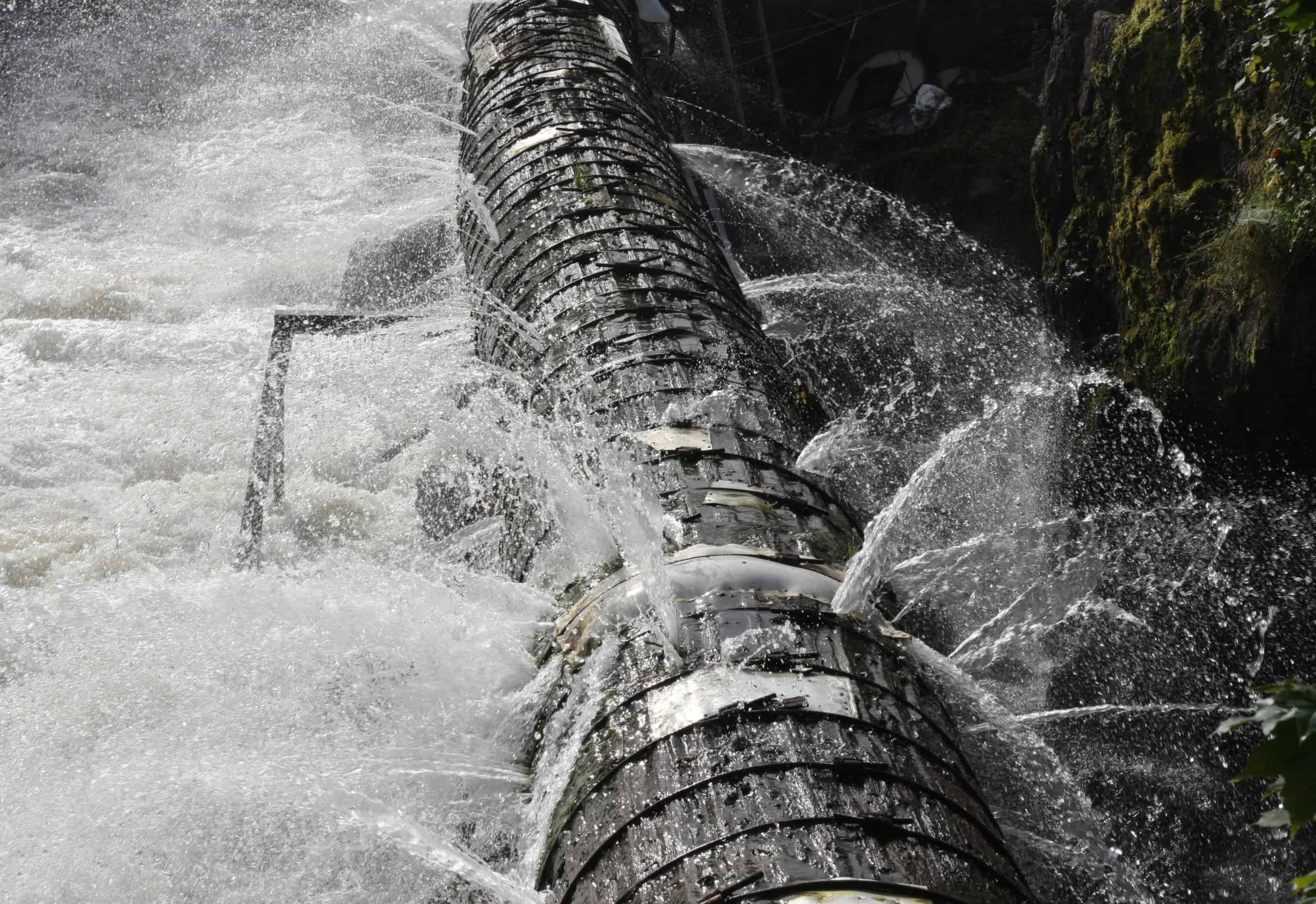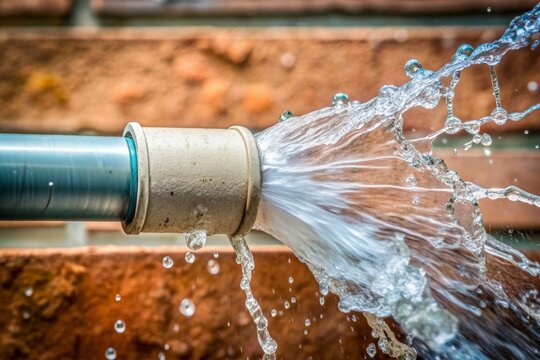Burst Pipe Insurance Claims: What You Need to Know for Water Damage Coverage
Burst Pipe Insurance Claims: What You Need to Know for Water Damage Coverage
Blog Article
Avoiding Ruptured Pipes: Essential Tips to Safeguard Your Plumbing
Stopping burst pipelines is a critical concern for property owners, specifically during cooler months when the threat of freezing is enhanced. Carrying out tactical procedures such as proper insulation, routine evaluations, and maintaining consistent interior temperature levels can significantly lower the likelihood of pipe failure.
Understand Pipe Vulnerabilities
Recognizing pipeline susceptabilities is vital for effective pipes maintenance and stopping costly damages. Several factors add to the vulnerability of pipes to ruptureds, consisting of product structure, age, and ecological conditions. Older pipelines, especially those made from galvanized steel or polybutylene, typically degrade with time, bring about enhanced danger of leakages and ruptures.
Temperature level fluctuations can likewise considerably influence pipeline integrity. In chillier climates, water entraped in pipelines can freeze, increasing and applying stress on the pipe wall surfaces, which may inevitably result in a ruptured. Furthermore, high water pressure can strain pipelines, specifically at joints and bends, heightening the likelihood of failure.

Insulate Pipes Properly
Correct insulation of pipes is vital for preventing freezing and succeeding bursts throughout winter (burst pipe). Shielding your plumbing system efficiently safeguards versus temperature level goes down that can lead to pricey damage. Begin by recognizing prone locations where pipelines are exposed to outside temperatures, such as cellars, attics, and outside walls
Usage foam pipeline insulation sleeves or cover insulation tape around these locations to give a safety barrier. Make sure that all areas of the pipes, particularly those with limited warm exposure, receive adequate insulation. Pay special attention to installations and joints, as these are a lot more susceptible to cold.
When shielding, it's necessary to select products that fulfill local building ordinance and are suitable for the particular environment. For example, fiberglass insulation is commonly suggested for its thermal resistance buildings - burst pipe. In addition, think about utilizing warm cable televisions or tape in severe problems, which can be plugged in to give supplementary warmth
Consistently evaluate shielded pipes for any indicators of wear or damage, as endangered insulation can decrease its efficiency. By taking these aggressive actions, you significantly reduce the threat of pipe bursts, guaranteeing a reliable pipes system throughout the winter season.
Maintain Constant Temperature
A stable interior temperature is crucial for stopping ruptured pipes throughout the cold months. When temperatures decline, water within pipelines can freeze, developing and expanding pressure that may ultimately create the pipes to burst.Using a programmable thermostat can aid take care of indoor temperatures efficiently, ensuring that rooms with pipes continue to be cozy even when the home is unoccupied.
Additionally, it is sensible to allow taps to trickle slightly throughout extreme chilly spells. This small flow of water can prevent freezing by reducing stress within the pipelines. During specifically serious weather occasions, take into consideration momentarily putting on hold any kind of nighttime setbacks on your thermostat to preserve a steady cozy setting. By implementing these methods, house owners can dramatically lower the threat of pipeline bursts and safeguard their plumbing systems against the harsh winter months components.
Consistently Evaluate Pipes
Routine evaluations of pipes systems are critical for stopping burst pipes and maintaining overall home stability. click to find out more Regular checks enable home owners to identify prospective concerns prior to they intensify into pricey repair services or major water damages. Throughout these inspections, it is important to examine noticeable pipelines for indicators of rust, leaks, or put on. Pay unique attention to locations prone to freezing, such as basements, attics, and exterior walls.
In addition, checking joints and links is vital, as these factors are often at risk to leaks. House owners must also evaluate water pressure degrees, as too much stress can strain the pipes system and enhance the risk of pipeline ruptureds.
Think about scheduling professional plumbing inspections at the very least as soon as a year, specifically prior to winter season, to ensure your system is prepared for colder temperature levels. By being proactive in your strategy, you can protect your home versus the turbulent and explanation pricey effects of ruptured pipes.
Know Emergency Procedures
Understanding emergency treatments is essential for each home owner, especially after conducting routine pipes evaluations. Being prepared for a pipes emergency situation can significantly minimize damages and save prices. Initially, locate your primary water shut-off valve; it is normally found near the water meter or where the primary line enters your home. Acquaint on your own with its operation, as shutting down the water system promptly can stop comprehensive flooding.
Next, maintain vital tools helpful. A pipes emergency situation set must include a wrench, plunger, and towels, as well as a flashlight and a bucket for tiny leaks. In addition, take into consideration having the contact information for a relied on plumber readily offered, should the situation intensify beyond your control.
If you identify a leakage or ruptured pipe, instantly shut off the water supply and alert your plumbing. Furthermore, record the damages with photographs for insurance purposes. burst pipe. Recognize the indications of possible plumbing concerns, such as unusual water stress variations or damp places on walls
Inevitably, proactive expertise and speedy his explanation action are essential in handling pipes emergency situations, guaranteeing your home stays protected and reducing prospective damage.

Final Thought
Finally, preventing ruptured pipes demands a complex approach that consists of understanding pipe susceptabilities, correct insulation, maintaining consistent indoor temperatures, normal examinations, and expertise of emergency situation treatments. By executing these vital strategies, the danger of plumbing failings can be significantly reduced, therefore making certain the durability and effectiveness of the pipes system. Positive actions not just secure versus prospective damage however likewise add to overall water conservation and the defense of building.
In chillier climates, water entraped in pipes can ice up, applying and broadening pressure on the pipe wall surfaces, which might inevitably lead to a ruptured. When temperatures decrease, water within pipelines can ice up, increasing and producing pressure that may eventually cause the pipes to ruptured. By applying these techniques, home owners can dramatically minimize the danger of pipe bursts and guard their pipes systems against the rough winter components.

Report this page